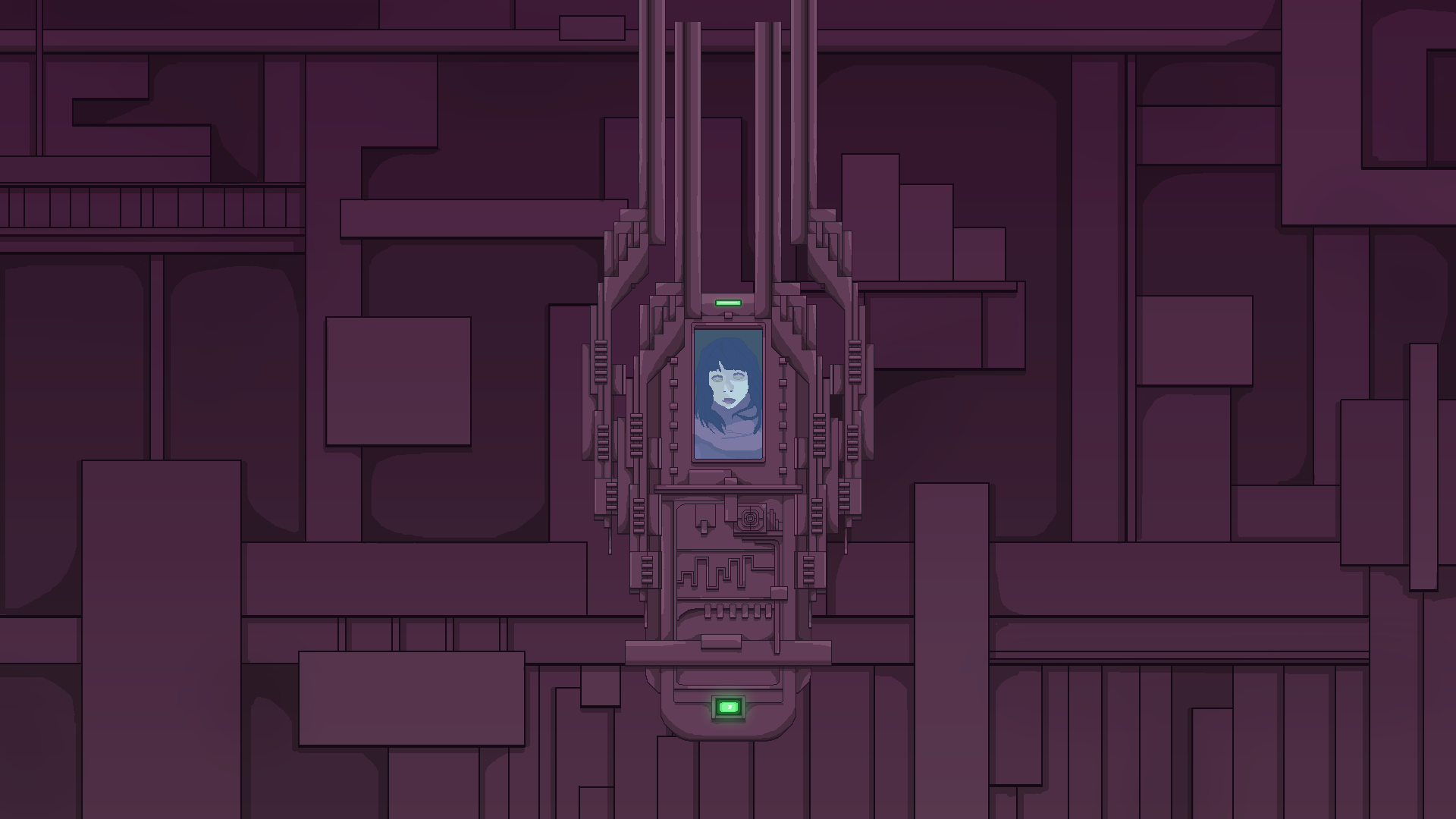Imprint-X, a spacey puzzle game from indie developer Morgondrag, promises to test your reflexes and your patience.
Imprint-X
Developer: Morgondag
Price: 4.99 USD
Platform: PC
MonsterVine received a Steam code for review purposes
Imprint-X is a simple puzzle game much like those found on the app stores of phones. It does a very good job at being entertaining, and continuing to be throughout, which is not something a lot of puzzle games are good at in my opinion. It finds a way to be challenging, yet simple and beautiful in design.
Imprint-X has very little story, but what it sets up in the opening cut scene is intriguing. The game opens up on a colony on some unnamed moon or foreign planet. Below the surface, scientists are in the process of uncovering an alien artifact. This artifact releases a swarm of insect-like creatures that seemingly brainwashes the scientists, and then moves on to the rest of the colony, though it’s hard to tell due to the fact that there’s no dialogue taking place. From this, we are brought to a ship traveling through deep space, inside of which we are shown pods that house people unconscious inside. One pod is selected, seemingly at random, and the woman inside wakes up. The game’s main menu is the next screen, where we see the girl from the pod sitting in a chair near a window. Hitting play calls a robot with a VR mask over to the girl, which brings us into her mind, and from here we see six panels, each with a different sleeping person. These act as stages or worlds, and we only unlock more after we complete the one that precedes it. Once a stage is completed, the person goes from asleep to awake and happy, which leads me to believe that the puzzles are the main character healing them of the brainwash state from the artifact.

The first world shows a multitude of modules with four red lights on each one, from each is a blue line connecting it to the next module. Each module acts as a level. Within each level, there are buttons, which do a multitude of things. The very first level acts as a tutorial to this, having only one button, which when pressed opens a door and ends the level. This is commonplace for each new puzzle section, when a new puzzle mechanic is introduced; one level acts as an easier version that introduces a new concept. Due to there being no tutorials or dialogue it can be tough to figure out a new puzzle type, but these intro levels do a nice job of easing the player into it. Once the puzzle type is figured out, it grows in difficulty and expands on the idea in the levels that follow.
Each puzzle variation is unique and oddly satisfying. There are puzzles that require you to press buttons to activate a panel that houses even more buttons, on which there are lights that flash once to reveal the pattern that the buttons must be pressed in order to complete the level. This grows harder by adding a time function later, which requires you to complete a sequence while on the clock. Another notably fun puzzle-type involves pressing buttons to flip panels and create a pattern with the panels. This becomes more difficult by making the environment or panels move whilst you try to click the buttons, making the image of the pattern in your head harder to picture. At the end of each level are one to three levels that act as boss stages; they are all based off of another puzzle type. These are the most challenging of all, requiring you to click the screen as a square that circles the screen enters brackets that are placed elsewhere on the screen. These boss levels change, becoming increasingly more difficult. Having multiple floating squares and panels moving at once and all at different speeds, which adds a layer of fixed concentration that feels rewarding to master. This requires patience and timing. Much like the previous puzzles, once you get the hang of it, they are oddly satisfying and challenging.

This level of addictive and satisfying challenge is supported by a system that encourages perfecting stages. Each level has a certain number of moves that you’re allowed to make, making too many without completing the puzzle causes you to fail and start over. On the other hand, if you complete it within a certain number of moves, you get fours X’s at the end of the level, akin to a star ranking at the end of a game like Angry Birds or any other phone game. Obtaining more X’s gets you power ups that you can use in game to help you succeed. The best of which is one that slows down time for thirty seconds, which helps on the levels that have a lot of fast moving pieces or a time limit. Another great complement to these levels is the music. Each level has a seemingly different score, and each one is spacey and electronic. I caught myself nodding my head to the beat multiple times. The backgrounds of each level, while nothing revolutionary or unique from level to level, match the game’s style and setting well.
The Final Word
Imprint-X is a very simple, addictive, and overall fun puzzle game. It has enough variety in its six stages that I had no problem finishing it, and enjoying it in the process. The music is simplistic, catchy, and complements the game well. For five dollars, this is a wonderfully fun little indie game.
– MonsterVine Rating: 4.5 out of 5 – Great


































































































